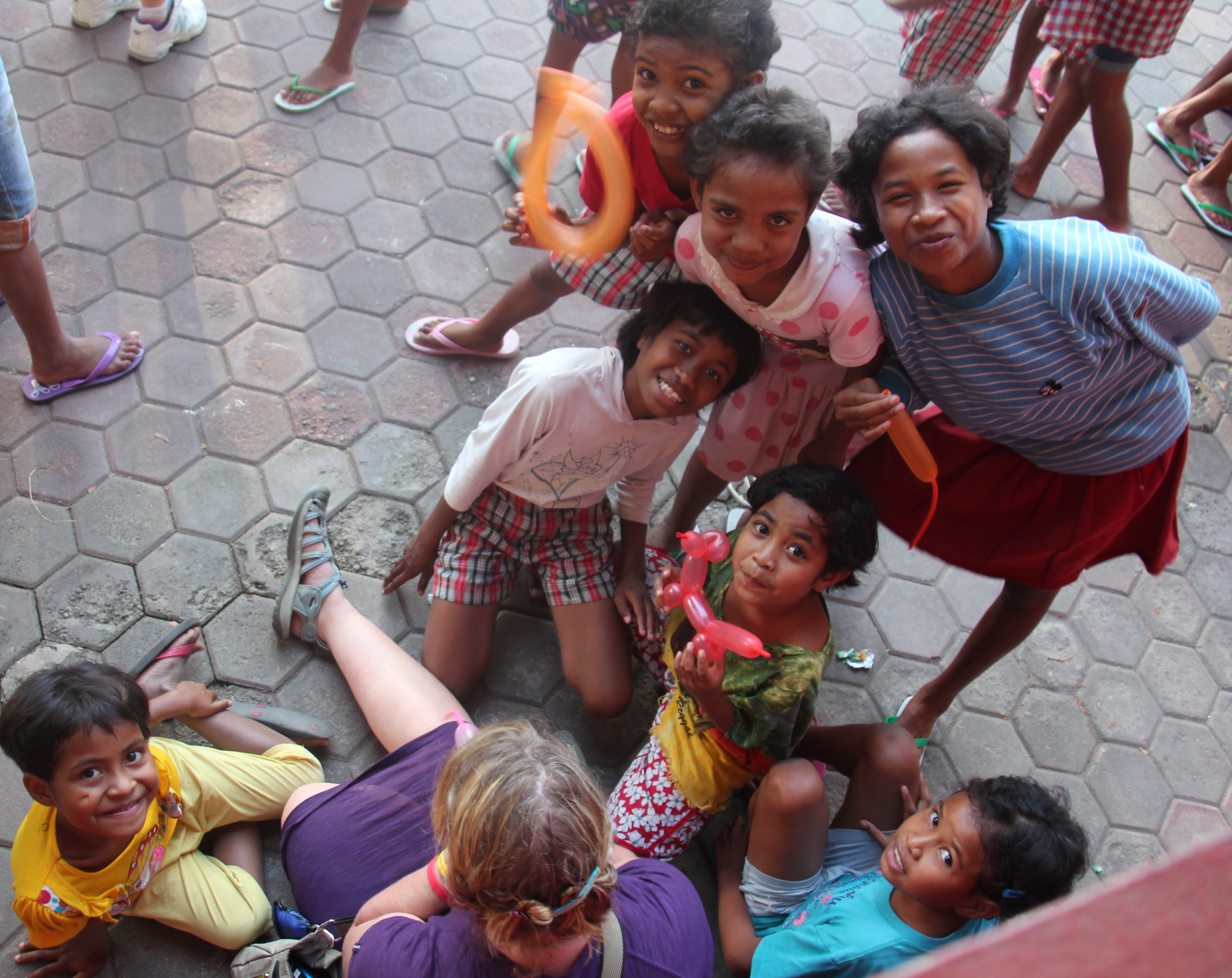The world is driven by the pursuit and use of technology-based activities and applications that dictate our working day and leisure time that was unthinkable even 20 years ago. But this rapid social change comes at a price it seems. For all the back slapping and kudos that technological innovations receive, there is a huge disconnect between rich and poor Australians, with the “haves” and “have-nots” denoting the digital divide.
The national Homelessness Week which finishes today (7th to 13th August) has prompted commentary regarding a ‘digital divide’ that has deepened significantly and the failure of disadvantaged groups and individuals being able to access the internet and on-line services. This formed part of the findings from an inclusion index completed by RMIT researchers in partnership with Centre for Social Impact at Swinburne University of Technology, Telstra and Roy Morgan Research. Three key areas of focus were; online access, affordability and digital ability (Nott 2017).
Although there has been marked improvement in ”digital inclusion” in recent years those on lower incomes with reduced education and employment opportunities, and Indigenous Australians and people with a disability are being left behind (Nott 2017). For the many different welfare agencies that support disadvantaged families and individuals, the strain of other household bills, makes internet access out of reach for many that are struggling financially.
My own experience working in this sector has seen it first hand where a mobile phone is the only means of communication for clients especially for those without secure housing and who are much more transient; this technology still requires access to power sources, money for pre-paid credit and are expensive to replace if stolen or damaged. The digital divide gapes even wider when one is trying to communicate with government departments such as Centrelink and are left on hold on a phone call or forced to log-on.
Thankfully, there are organisations who recognise the need for greater participation by all Australians within the digital space. Not-for-profit Infoxchange has just established a new alliance with support from various organisations including Australia Post, Google and Telstra to address this issue (Nott 2017)
Another positive initiative by Infoxchange was the development of the Ask Izzy app which connects homeless people throughout Australia with appropriate services and charities. According to new data collected by Ask Izzy, demand for shelter doesn’t cease at sundown with the majority of online requests occurring between 12am and 3am looking for accommodation options. Research conducted by University of Sydney found around 80% of homeless people own a smartphone but lack access to power points to charge their phones (Rooney 2017).
To overcome this problem a fundraising campaign to provide battery recharge cards has been launched to coincide with Homelessness Week by Ask Izzy. This worthwhile cause is asking the public to donate $15 to buy Ask Izzy Power Card for those who need to access the more than 350,000 services nationally ranging from food, health advice, warm bedding or a place to sleep available through the smartphone app (Tann 2017).
While we still have a long to go to solve the multi-layered issues surrounding homelessness, an innovative app like Ask Izzy, is a positive step in reducing the “digital divide”.
References:
Nott, George (2017) Digital divide deepening according to inclusion index, Computer World, 4 August, 2017 https://www.computerworld.com.au/article/print/625673/digital-divide-deepening-according-inclusion-index/
Rooney, Kieran (2017) Most people without homes have phones but lack power points, The Observer, 8 August 2017. https://www.gladstoneobserver.com.au/news/most-people-without-homes-have-smart-phones-but-la/3209877/
Tann, Phil (2017) Ask Izzy lets you give some warmth to the homeless this winter, Ausdroid, 8 August 2017. http://ausdroid.net/2017/08/08/ask-izzy-lets-give-warmth-winter/
Andrea, Children’s Book Illustrator











